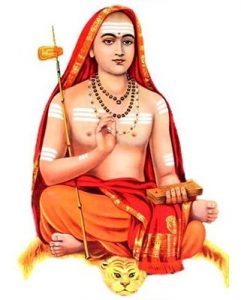Martin. In this seeming world of so-called saṃsāra (or vyavahāra) language and understanding, is there an entity or entities that understand, judge, etc.?
Neo-Advaitin. This is simply ‘life’. ‘Being’ appears to talk to ‘Being’ about things that ‘Being’ already knows (and need no reminding). It is just ‘playing’.
Since there is never an actual central ‘self,’ there could be no separate entity that asks a question or makes a reply. There is no separate entity that asks or answers. It is simply Life answering Itself.
But it seems that you don’t get this, or are not able to discuss it without going back into concepts and the need to find the correct label to assign, whether that is ‘nihilism’, ‘Advaita Vedanta’, ‘spontaneously self-realized’, ‘abhāsa’, etc. I suggest you drop all that, all those presumed ‘things you know.’ Freedom lies in the unknowing, the moment-by-moment un-nameable, not in the knowledge, information, and labels that the ‘mind’ thinks it has gathered. Who is the ‘you’ called ‘Martin’ writing this question?
Continue reading
